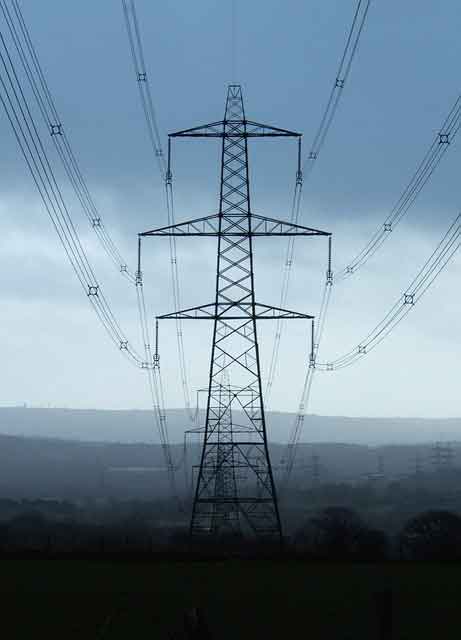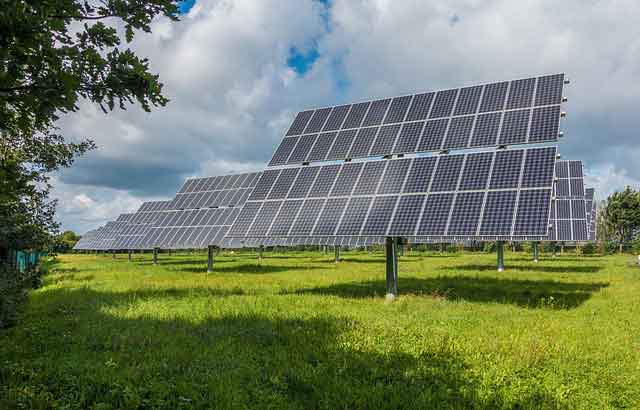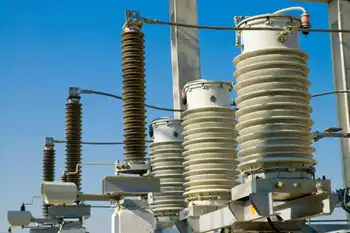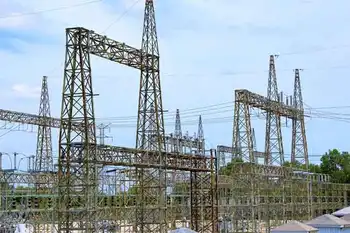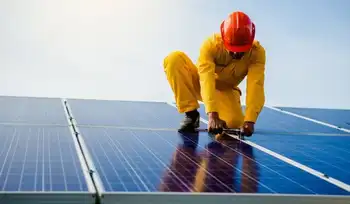Standard to unify powerline shot down in Madrid
By EE Times
NFPA 70e Training
Our customized live online or in‑person group training can be delivered to your staff at your location.

- Live Online
- 6 hours Instructor-led
- Group Training Available
The failure could help fuel a broader effort to set a standard for all wired home networks that is said to be on track to hit a major milestone in December.
The IEEE P1901 group aiming to set a standard for powerline networks failed to get a 75 percent vote needed to confirm an approach initially selected last fall. The HomePlug Alliance and the Panasonic-led HD-PLC group drafted the proposal.
The proposal called for a physical layer (PHY) protocol which can recognize either group's products and prevent interference. It included an option for supporting both group's PHYs so that the networks can share data. It essentially shut out a third approach from chip maker Design of Systems on Silicon, S.A (DS2).
In a recent meeting, the proposal got 69 percent of the confirming vote. That was down from 71 percent in an earlier vote in July at a meeting in Miami, said Chano Gomez, vice president of technology and strategic partnerships of DS2.
According to IEEE rules, the group will reset its process, take proposals and select from them to find and confirm a winner. Engineers were continuing to meet in Madrid in an effort to see if they could accelerate the process moving immediately to another down-selection of the proposals.
"They are trying to force another down-selection, but they are not changing their proposal at all," said Gomez. "They want to have the same proposal voted on again which, in my opinion, is not in the spirit of the IEEE process," he said.
"We have spent the whole day arguing whether we should give people more time to consider proposals that could be made at our next meeting," he added.
The good news for some members is that a separate effort, the ITU G.hn group, is close to finishing a specification for a single physical layer that could support powerline, coaxial and home phoneline networking. A broad group of companies including Intel, Infineon, Panasonic and Texas Instruments are part of the HomeGrid Forum launched in May to promote G.hn.
Gomez said only a few relatively minor points have yet to be worked out for the G.hn physical layer spec which could be ratified in a December meeting in Geneva. However, a media access control (MAC) spec will require more work, stretching into 2009.
Barry O' Mahony, a senior staff systems engineer at Intel focused on G.hn, agreed.
"The G.hn PHY is in pretty good shape. The last big work item is to finish the preamble sent at the beginning of packets," O' Mahony said. "When that gets defined, people can go off and start developing hardware, because the MAC is typically firmware that runs on a microcontroller," he added.
O' Mahony said it's reasonable to expect the first G.hn products will emerge in 2010, shortly after the MAC spec is final, probably in late 2009. As for the P1901 failure he said, "I think the biggest impact will be on broadband over powerline access systems makers working on smart grid gear."
Some home networking chip companies see G.hn as a better opportunity to unify their markets than P1901.
Currently IPTV providers in Europe such as France Telecom are using powerline home networks. In the U.S., IPTV providers AT&T and Verizon are using coaxial networks based on technology from the Home Phoneline Networking Association and the Multimedia over Coax Alliance, respectively.
"Having compliant wired networking products would help us better compete using a single chip in multiple markets," said Gomez. "I think what happened in P1901 will only put more positive pressure on the G.hn group to get its work finished," he added.
Even though G.hn is seen as the ultimate goal for a wired home networking standard, the P1901 effort is still important, said Paul Liao, chief technology officer for Panasonic, speaking in an interview in July. One source said carriers are holding off deploying powerline networks until a standard for them is set.





